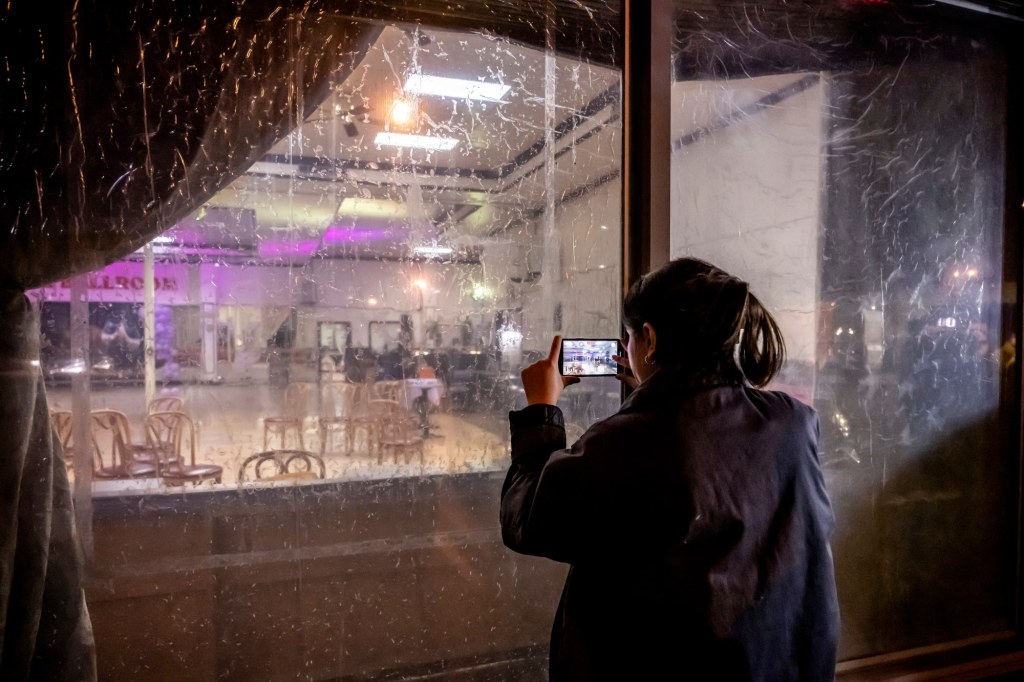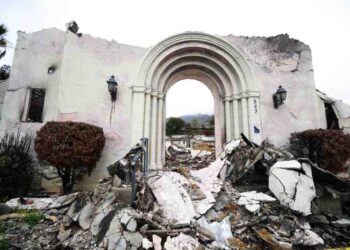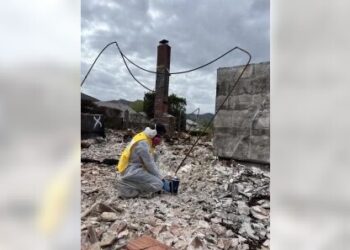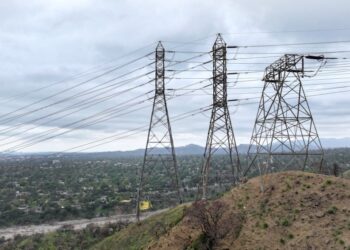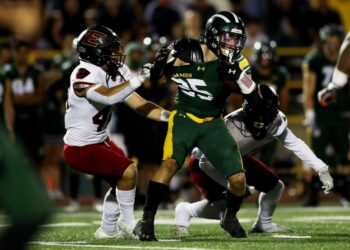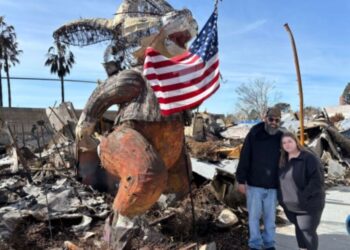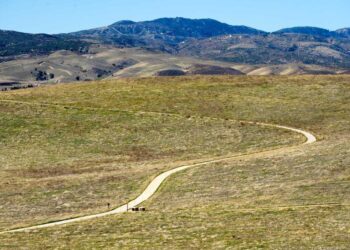Through most of his career, Monterey Park Fire Chief Matthew Hallock would absorb the news of mass shootings with the discerning eye of a first responder, but with understandable detachment.
His department trained. He cared. His instinct was to think, “what if it happened here.” But year after year, shooting after shooting, they never did.
Small suburban L.A. town. Tight-knit, peaceful community. That nightmare could not possibly come to Monterey Park. And then, on a celebratory evening in his city, the dispatch came: “It happened,” he said.
- See related coverage here
10:20 p.m., Jan. 21, 2023. Star Ballroom Dance Studio on Garvey Avenue. Mass shooter. Multiple casualties.
‘The Trauma Bucket’
Hallock’s small department of firefighters and paramedics – on the first night of a 48-hour shift — would respond to a scene that up until then was the kind that only happened in other places. Eighteen of his staff were on the scene that night, ranging from a seasoned veteran with decades of experience to the youngest with only three months on the job. Most had less than five years of service.
They went in. They found death and they tended to survivors. Within 27 minutes, they’d treated and transported anyone they could to hospitals. All the while, they were dealing with an awareness that a shooter was still on the loose. And for a young team, they were faced with a scene that even the most seasoned veterans might never see in an entire career.
Hallock calls it the trauma bucket. Most first responders fill it up over several years of experience.
“These young firefighters filled it up that night,” said Hallock.
“I was very concerned about that level trauma that night,” he said, adding he was acutely aware of elevated risks of suicide among first responders.
‘Coming back’
By Jan. 31, 2023, four had not returned to work since the shooting, and at the time it was unclear if they would ever come back, given the trauma from the scene they…
Read the full article here

